The 1965 Album of the Year
As a final wrap up of our final classic year review, 1965, we still needed to decide on an Album of the Year for that year. This was a unique situation, because all […]
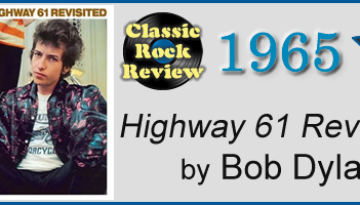
As a final wrap up of our final classic year review, 1965, we still needed to decide on an Album of the Year for that year. This was a unique situation, because all […]
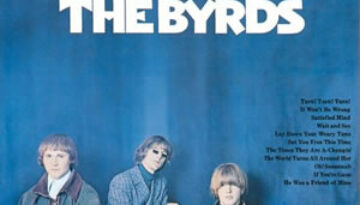
Buy Turn! Turn! Turn! The Byrds finished their breakout year of 1965 with their second highly acclaimed and commercially successful album of that year. Turn! Turn! Turn! built on the group’s distinct, multi-guitar-timbre, […]
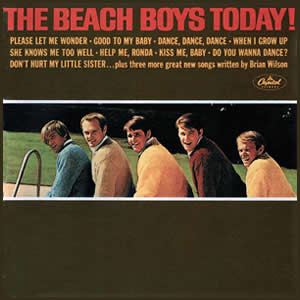
Buy The Beach Boys Today! The Beach Boys Today! was the 1965 eighth overall studio album by The Beach Boys. It marked a subtle shift in production technique and lyrical themes for the […]
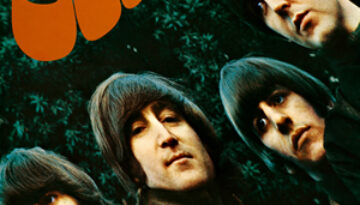
Buy Rubber Soul As the years have gone by, Rubber Soul has distinguished itself more and more from the “typical” early album by The Beatles. While the 14 selections remain pretty much bright […]
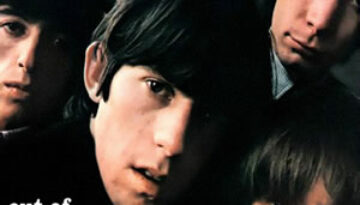
Buy Out of Our Heads The Rolling Stones made major strides towards composing their own music successfully during the year 1965. Out of Our Heads was released (in the U.S.) and lit the […]
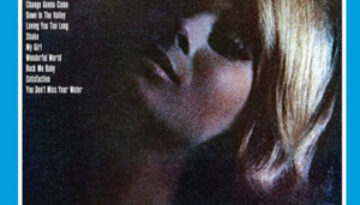
Buy Otis Blue Otis Redding‘s third studio album, Otis Blue/Otis Redding Sings Soul, (most commonly known as simply, Otis Blue) was a commercial success and has been critically acclaimed for the half century […]
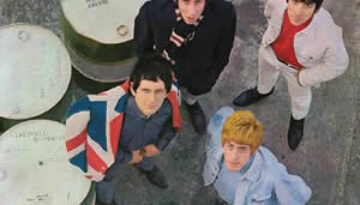
Buy My Generation The Who released an impressive debut album in December 1965 with My Generation. Although the group was initially dissatisfied with the album, it has grown in the past half century […]
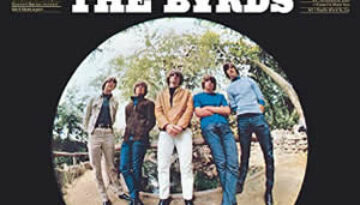
Buy Mr. Tambourine Man In mid 1965, The Byrds released a debut album comprised partially of contemporary folk covers, partially of original songs, and fully of their signature folk-rock sound. Mr. Tambourine Man […]
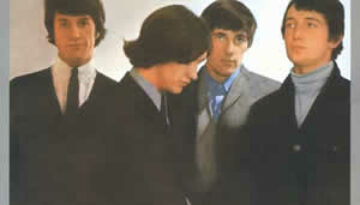
Buy Kinda Kinks The Kinks sophomore effort is often overlooked in their catalog due to the popularity of their recently released debut and the critical acclaim of later albums. But the rapidly recorded […]
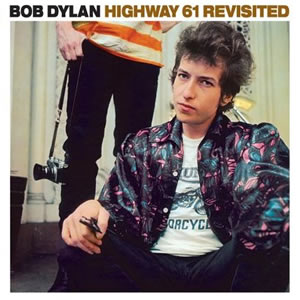
Buy Highway 61 Revisited Some albums are borne of the ether. Some are born of the earth. A rare few refine both into a crystallized masterpiece. Out of Bob Dylan‘s entire discography, Highway […]